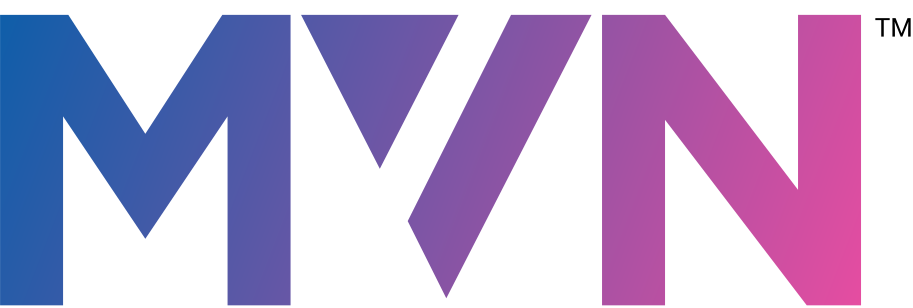The U.S. construction industry is entering a period of significant disruption. With new immigration rules, changes to H1B visa policies, and tariff adjustments, the sector faces rising costs and looming labor shortages. These challenges may delay projects, inflate budgets, and compromise quality.
To navigate this evolving environment, forward-thinking firms are turning to 3D coordination technologies and robust project planning strategies. These tools are no longer optional. They are essential for maintaining efficiency, cost control, and competitiveness.
The New Regulatory Landscape: Labor and Cost Pressures
- Immigration and Workforce Challenges
Recent changes in H1B visa policies have tightened access to international talent, reducing the availability of skilled labor. The construction industry, long dependent on global expertise for specialized roles, now risks an acute workforce gap.
Tariff-Induced Cost Escalations
At the same time, tariffs on steel, lumber, and high-tech construction equipment have pushed procurement costs upward. These increases ripple across the supply chain, straining project budgets and adding uncertainty to delivery schedules.
Key challenges include:
- Shrinking access to skilled labor
- Rising material and equipment costs
- Higher risk of project delays and overruns
These dynamics highlight the need for smarter project delivery models that optimize resources and minimize inefficiencies.
Leveraging 3D Coordination for Efficiency
- What is 3D Coordination?
3D coordination integrates digital models from architectural, structural, and MEP (mechanical, electrical, plumbing) systems into a single platform. This provides a holistic, real-time view of the project, enabling teams to identify conflicts, test workflows, and collaborate effectively.
- Benefits for Construction Projects
- Clash Detection: Spot design conflicts before they occur on-site, preventing costly rework.
- Workflow Optimization: Align design and construction phases seamlessly, minimizing miscommunication.
- Collaborative Decision-Making: Provide all stakeholders with a single source of truth, improving transparency and accountability.
- Cost Savings: Reduce rework, avoid delays, and better align material procurement with actual site needs.
In a climate of labor shortages and higher costs, 3D coordination delivers both efficiency and resilience.
The Role of Strategic Scheduling and Planning
While 3D coordination enhances design accuracy, effective scheduling and planning keep projects on track despite external pressures.
- Key Strategies
- Workforce Planning: Forecast labor needs, cross-train workers, and implement flexible shift patterns.
- Integrated Scheduling: Link project schedules with 3D models to visualize dependencies and resource needs.
- Strategic Procurement: Adopt just-in-time delivery methods, secure supplier partnerships, and anticipate tariff fluctuations.
By combining these strategies, firms can reduce idle time, avoid bottlenecks, and strengthen risk management.
Case Studies: Lessons from the Field
- High-Rise Project, Major U.S. City
- Used 3D coordination to resolve more than 200 design clashes before construction.
- Optimized scheduling despite labor shortages.
- Achieved a 15% cost reduction compared to initial estimates.
- Public Facility Renovation, Regional Government
- Leveraged 3D modeling to identify structural risks in advance.
- Adapted schedules with cross-trained local labor.
- Delivered the project ahead of schedule and under budget.
These examples highlight how technology combined with planning drives success in today’s unpredictable environment.
Building for the Future: Adaptation Is Key
- Workforce Development
- Invest in multi-skill training programs.
- Partner with trade schools to grow local talent pipelines.
- Train staff on digital tools like 3D coordination and scheduling platforms.
- Lean Construction Principles
- Minimize waste and inefficiency.
- Enhance accuracy in cost estimates.
- Build flexibility into project timelines.
While upfront costs for digital tools may seem high, they deliver long-term savings through:
- Reduced rework and delays
- Better project visibility
- Lower overall risks
Actionable Steps for Construction Leaders
- Invest in Technology: Adopt 3D coordination tools and train teams to maximize adoption.
- Improve Scheduling Practices: Use digital planning and analytics for proactive adjustments.
- Strengthen Supplier Relationships: Secure favorable terms and stable supply chains.
- Develop Workforce Resilience: Upskill current staff and build local talent pipelines.
Conclusion
The impact of immigration and tariff policies on the U.S. construction industry is clear. Shrinking labor pools and rising costs threaten project delivery. However, by embracing 3D coordination, adaptive scheduling, and strategic planning, firms can transform these challenges into opportunities.
The future of construction will be shaped by digital integration, resource flexibility, and proactive innovation. Leaders who act now will safeguard their projects and position themselves at the forefront of a more resilient and efficient industry.





